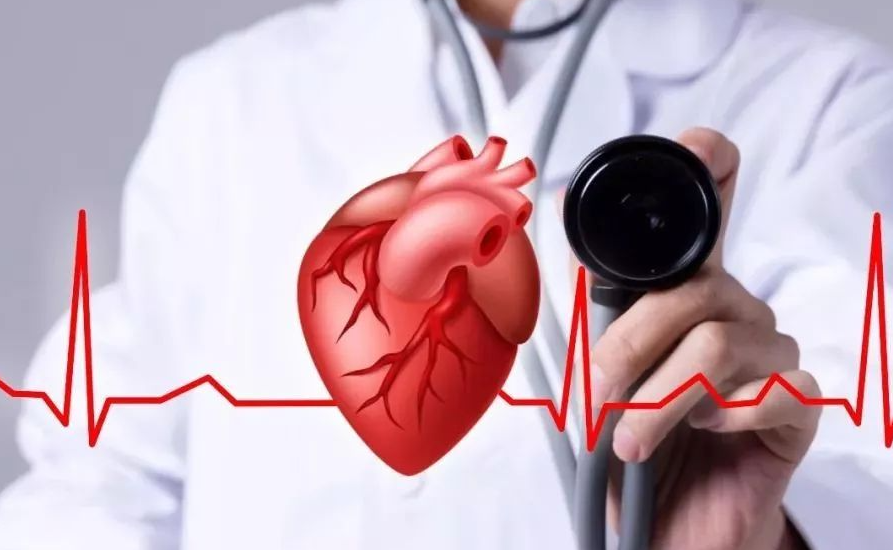
Myocarditis is mainly due to localized or diffuse inflammatory changes in the heart muscle. The causes of disease are diverse, including viral, bacterial, fungal, spirochete, Rickettsial, protozoan, worm infections, and non-infectious factors such as drugs, poisons, radiation, connective tissue diseases, vasculitis, giant cell myocarditis, sarcoidosis, etc.
All ages can develop the disease, but the incidence is higher in the young and middle-aged population, especially those who are healthy and have no underlying organic diseases, and those who are tired for a long time. According to the severity of the disease, it can be divided into ordinary acute myocarditis and fulminant myocarditis.
Among them, fulminant myocarditis is serious, the case fatality rate can be as high as 80%.
The symptoms of myocarditis can vary depending on the course of the disease, from involuntary symptoms to severe cardiogenic shock, heart failure, severe arrhythmia, and even sudden death. Typical prodromal symptoms include fever, general fatigue, muscle soreness, or gastrointestinal symptoms such as nausea and vomiting.
Acute symptoms may include moderate to severe weakness, palpitations, chest tightness, shortness of breath, chest pain, and dizziness.
In severe cases, even without prodromal symptoms or discomfort, sudden fainting or even sudden death may occur.
Treatment for myocarditis depends mainly on the severity of the condition. Drug treatment is generally taken, including the use of drugs to improve myocardial energy metabolism, nutritional myocardial drugs, and mechanical circulation adjuvant therapy.
The prognosis depends on the specific condition of the patient, and the prognosis of ordinary acute myocarditis is good.
Although the primary condition of fulminant myocarditis is more serious, the long-term prognosis is better if the acute critical period can be passed.
According to current scientific research, the main factors inducing myocarditis are still various viruses, of which Coxsackie B virus is the most common, accounting for about 30%-50%. Other common viruses include human adenovirus, influenza virus, Epstein-Barr virus, cytomegalovirus, rubella, herpes simplex, encephalitis/hepatitis virus, and human immunodeficiency virus.
Etiology of myocarditis
A variety of factors such as infection, autoimmune factors, physical and chemical factors can cause myocarditis.
pathogenesis
There are several known causes of myocarditis, the most common being viral infections. Secondly, bacterial, fungal, spirochetes, rickettsia, protozoa, worms and other infections can also cause myocarditis, but relatively rare. In addition, some non-infectious factors can also cause myocarditis, including drugs, poisons, radiation, connective tissue disease, vasculitis, giant cell myocarditis, sarcoidosis, etc.
The most common viruses that cause myocardial infection are: Coxsackie B virus, Echo virus, poliovirus, etc., especially Coxsackie B virus accounts for 30%-50%.
In addition, other viruses such as human adenovirus, influenza virus, Epstein-Barr virus, cytomegalovirus, rubella, herpes simplex, encephalitis/hepatitis virus, and human immunodeficiency virus (HIV) may also cause myocarditis.
The pathogenesis of viral myocarditis mainly includes:
The virus directly causes myocardial damage;
The virus works with the body's immune response to cause damage to the heart muscle. Virus-mediated immune damage is mainly mediated by T lymphocytes, in addition to a variety of cytokines and NO mediated myocardial damage and microvascular damage.
Inducing factor
Myocarditis is common in young and middle-aged people who are usually healthy and have no basic organic diseases, and it is easy to induce acute infection and overwork.

